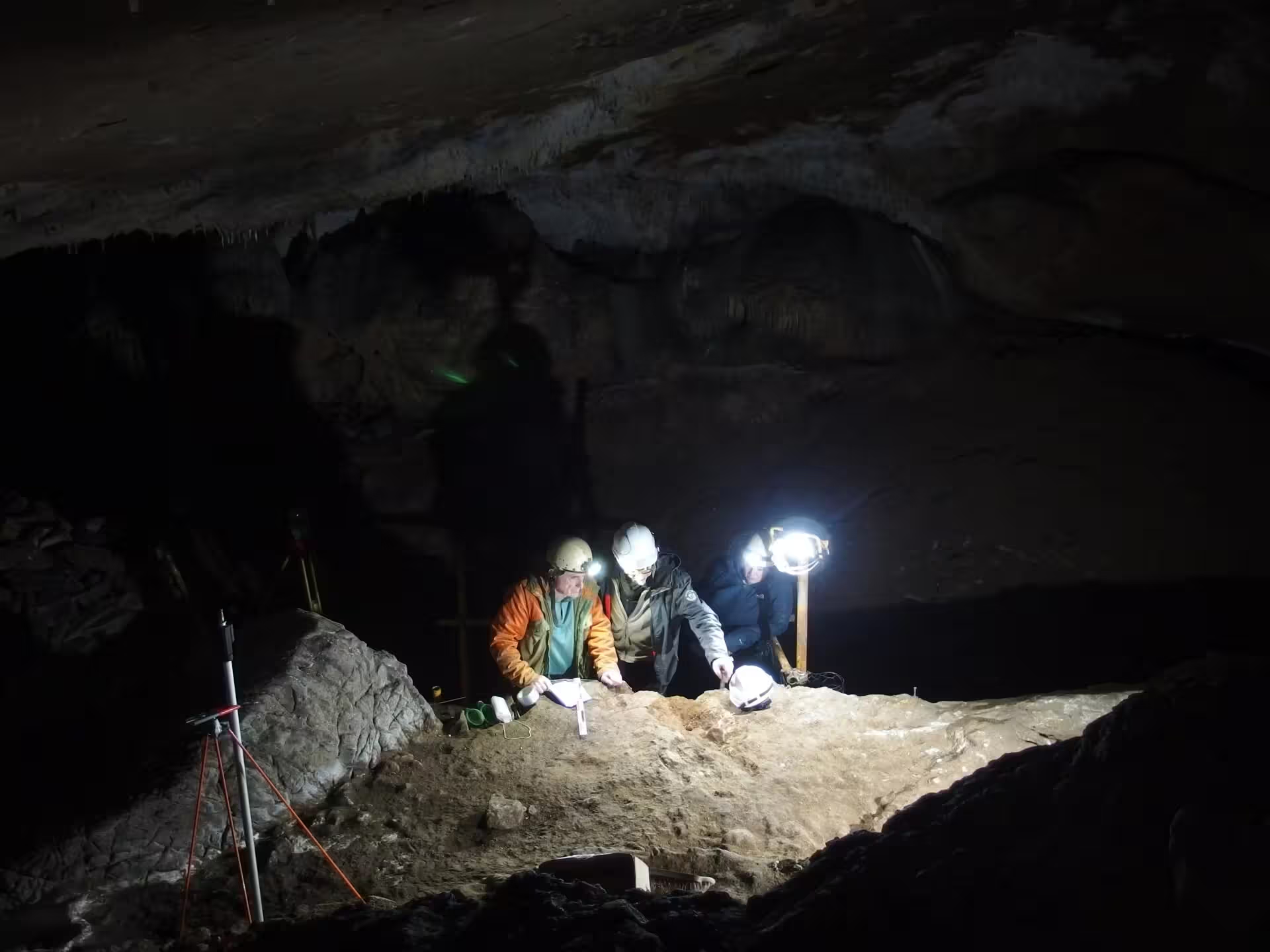4 Minutes
Revealing Paleolithic Coastal Life Through Ancient Whale Bone Tools
Reconstructing the daily lives of prehistoric coastal communities presents significant challenges. Over thousands of years, processes like coastal erosion and rising sea levels have submerged or destroyed ancient shorelines, making direct archaeological evidence from these regions scarce. Despite these obstacles, scientists continue to unveil new insights by analyzing artifacts found inland, particularly those crafted from marine resources.
Breakthrough Discovery: 20,000-Year-Old Whale Bone Tools
A collaborative research effort, involving experts from the Autonomous University of Barcelona, the French National Centre for Scientific Research, and the University of Vienna, has shed new light on early human interactions with marine environments. By examining a collection of whale bone tools and fragments from prehistoric sites in France and Spain, the research team discovered that some of the oldest specimens date back approximately 20,000 years. This makes them among the earliest known examples of humans manufacturing tools from whale bones.
Published in Nature Communications, the study highlights how ancient humans relied on whales as vital resources long before large-scale whaling drastically reduced their populations. "Whales provided not only food but also crucial raw materials for tool-making," the authors note, emphasizing the importance of beached or opportunistically hunted whales to the subsistence and technological practices of Paleolithic hunter-gatherers and Neolithic farming societies alike.
Research Methods: Radiocarbon Dating and Molecular Analysis
To unravel the history encoded in these artifacts, researchers systematically analyzed 83 whale bone objects showing clear modification by humans and an additional 90 fragments bearing evidence of processing. Using radiocarbon dating—a technique that determines the age of organic materials based on radioactive decay—they confirmed that the oldest worked bones originate from between 19,000 and 20,000 years ago, representing the earliest direct evidence for whale bone tool-making yet uncovered.

Identifying Whale Species and Ancient Ecosystems
The team utilized mass spectrometry, a method that examines the molecular composition of materials, to identify which whale species the bones came from. The results revealed the presence of blue whales, fin whales, sperm whales, right or bowhead whales, and gray whales. Notably, while modern gray whales primarily inhabit the North Pacific and Arctic, the other species still populate the Bay of Biscay off the coasts of France and Spain. These findings suggest the diversity of whale populations in the region during the Paleolithic era and provide direct evidence of human exploitation of these marine mammals.
Interestingly, isotopic studies also indicated that prehistoric whales living near ancient coastlines may have had slightly different feeding behaviors compared to modern specimens. This offers valuable context for understanding how both marine ecosystems and whale populations have changed over millennia.
Implications for Understanding Prehistoric Human-Marine Relationships
Although rising seas have rendered Paleolithic coastlines inaccessible, the transportation of whale bones inland by ancient communities enables scientists to piece together the relationships between humans and their marine surroundings. According to the researchers, the study presents a rare opportunity to glimpse the ecology of ancient whales and the strategies prehistoric humans used to exploit these large marine animals. It also underscores the significance of coastal technologies in human history, revealing a long-standing reliance on marine resources that would eventually shape coastal industries for thousands of years.
Conclusion
This groundbreaking study illuminates the remarkable ingenuity of Paleolithic coastal communities, who crafted tools from whale bones some 20,000 years ago. By integrating advanced dating techniques and molecular analysis, researchers have not only traced the origins of these artifacts but also deepened our understanding of early human adaptation to marine environments. The findings emphasize the enduring connection between people and the sea—a relationship that has influenced both culture and technology over tens of millennia.


Comments